Home>Furniture & Design>Bathroom Accessories>What Causes Toilet Brush To Turn Orange?
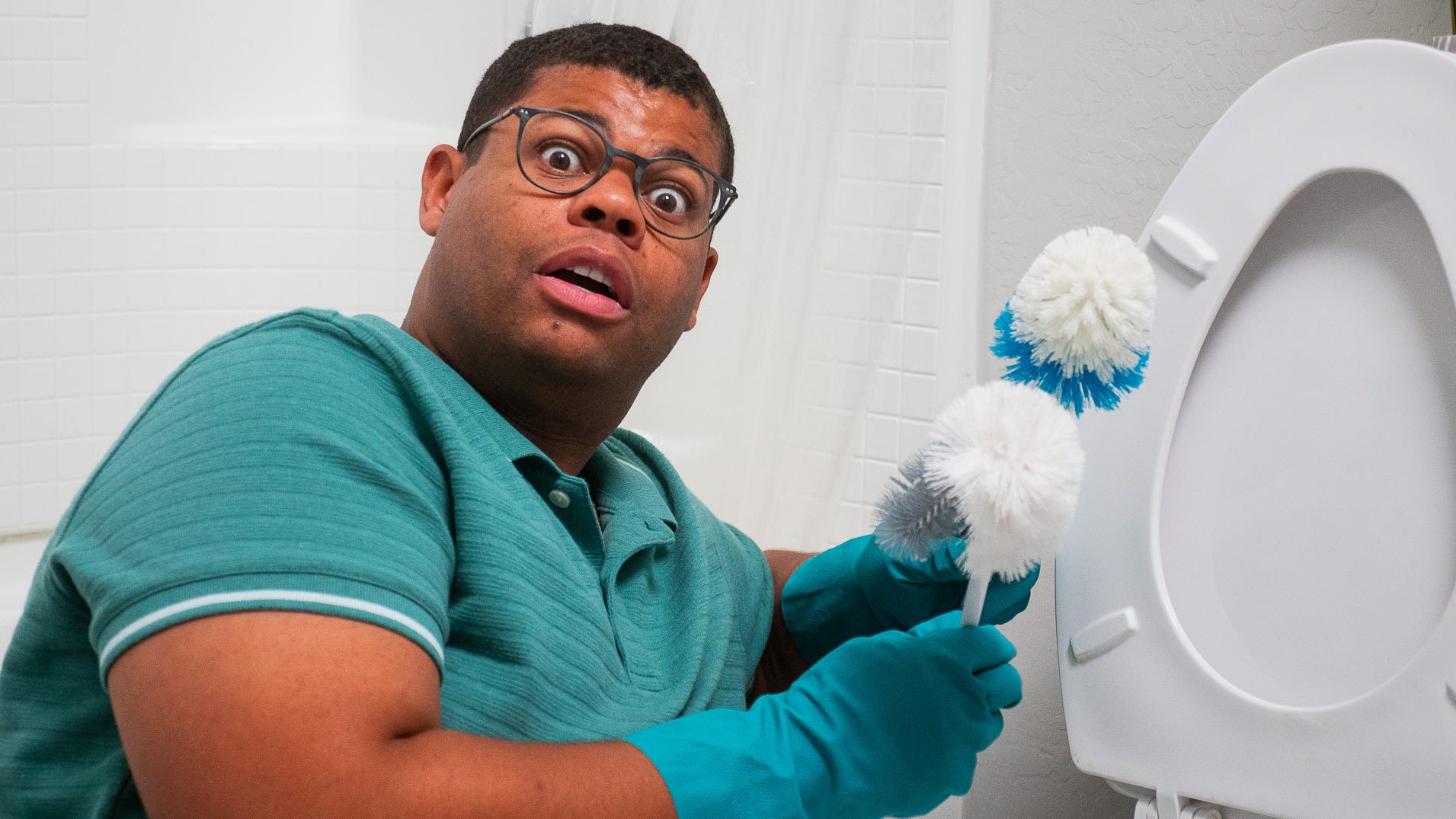

Bathroom Accessories
What Causes Toilet Brush To Turn Orange?
Modified: October 18, 2024
Discover the reasons behind your toilet brush turning orange and learn how to prevent it. Find solutions for bathroom accessories at [Your Brand Name].
(Many of the links in this article redirect to a specific reviewed product. Your purchase of these products through affiliate links helps to generate commission for Storables.com, at no extra cost. Learn more)
Introduction
Have you ever noticed that your once pristine white toilet brush has taken on an unsightly orange hue? It's a common problem that many people encounter, and it can be quite perplexing. The transformation of a toilet brush from its original color to a shade of orange is often a result of several factors, including hard water, bacteria and mold growth, rust and corrosion, and chemical reactions. Understanding the underlying causes of this discoloration can help you take proactive measures to prevent it from happening in the future. In this article, we will delve into each of these factors and explore how they contribute to the perplexing phenomenon of a toilet brush turning orange. So, let's roll up our sleeves and uncover the mysteries behind this curious occurrence.
Key Takeaways:
- Say goodbye to orange toilet brushes! Hard water, bacteria, rust, and chemical reactions are the culprits. Regular cleaning, using rust-resistant materials, and proper drying can keep your toilet brush looking fresh and clean.
- Keep your toilet brush sparkling! Combat hard water stains, bacteria, rust, and chemical reactions with regular cleaning, disinfection, and smart material choices. A little maintenance goes a long way in keeping your bathroom accessories looking great.
Read more: What Causes An Air Conditioner To Turn On
Hard Water
Hard water is a common culprit behind the orange discoloration of toilet brushes. This phenomenon occurs due to the high mineral content present in hard water, particularly iron and manganese. When hard water comes into contact with the bristles of a toilet brush, these minerals can adhere to the bristles, leading to the formation of unsightly orange stains over time.
The mineral deposits in hard water are notorious for causing discoloration and buildup on various surfaces, and toilet brushes are no exception. As the hard water dries on the bristles, it leaves behind mineral deposits that gradually accumulate and manifest as the distinct orange hue that plagues many toilet brushes.
Moreover, the presence of iron in hard water can exacerbate the discoloration process. When iron particles oxidize upon exposure to air, they form rust, which can further contribute to the orange staining of the toilet brush bristles. This combination of mineral deposits and rust formation creates a perfect storm for the unappealing transformation of the once pristine toilet brush.
To combat the effects of hard water on toilet brushes, regular cleaning and maintenance are essential. Using a cleaning solution specifically formulated to dissolve mineral deposits can help remove the orange stains and prevent further buildup. Additionally, storing the toilet brush in a dry area and ensuring that it is thoroughly dried after each use can minimize the impact of hard water on its bristles.
Understanding the role of hard water in causing toilet brushes to turn orange underscores the importance of proactive measures to mitigate its effects. By addressing the challenges posed by hard water, individuals can maintain the cleanliness and appearance of their bathroom accessories, ensuring that their toilet brushes remain free from the unsightly orange discoloration associated with hard water mineral deposits.
Bacteria and Mold
Bacteria and mold growth are another significant factor contributing to the perplexing phenomenon of toilet brushes turning orange. In the moist and often neglected environment of the bathroom, bacteria and mold can thrive, finding their way onto the bristles of the toilet brush. These microorganisms, when left unchecked, can lead to the development of unsightly orange stains on the bristles.
The damp and dark conditions in the bathroom provide an ideal breeding ground for bacteria and mold. When a toilet brush is stored in close proximity to the toilet, it is exposed to microscopic particles and droplets that contain bacteria and mold spores. Over time, these contaminants can adhere to the bristles and begin to proliferate, resulting in the formation of orange discoloration.
Furthermore, the presence of organic matter, such as residual waste and particles, on the toilet brush can serve as a nutrient source for bacteria and mold, facilitating their growth and contributing to the discoloration process. The combination of moisture, organic matter, and microbial activity sets the stage for the gradual transformation of the toilet brush from its original color to an unappealing shade of orange.
To address the issue of bacteria and mold contributing to the discoloration of toilet brushes, regular cleaning and disinfection are essential. Utilizing cleaning agents with antimicrobial properties can help eradicate bacteria and mold, preventing their proliferation and the subsequent development of orange stains. Additionally, allowing the toilet brush to thoroughly air dry after each use and storing it in a well-ventilated area can help mitigate the growth of bacteria and mold.
By understanding the role of bacteria and mold in causing toilet brushes to turn orange, individuals can take proactive measures to maintain a hygienic and visually appealing bathroom environment. Through consistent cleaning and disinfection practices, the impact of bacteria and mold on the discoloration of toilet brushes can be minimized, ensuring that these essential bathroom accessories remain free from the unsightly orange stains associated with microbial growth.
To prevent your toilet brush from turning orange, try using a toilet bowl cleaner with bleach to remove any rust or mineral buildup. Additionally, make sure to thoroughly rinse and dry the brush after each use to prevent discoloration.
Rust and Corrosion
Rust and corrosion play a significant role in the transformation of toilet brushes from their original color to an unappealing shade of orange. These processes are often linked to the materials used in the construction of the toilet brush holder and the metal components of the brush itself. When exposed to moisture and air, these materials can undergo chemical reactions that result in the formation of rust and corrosion, ultimately leading to the orange discoloration of the bristles.
The presence of moisture in the bathroom, combined with the exposure to air, creates an environment conducive to the development of rust and corrosion on metal surfaces. Toilet brush holders, typically made of metal or metal-plated materials, are particularly susceptible to these processes. Over time, the constant exposure to moisture from the bathroom environment can cause the metal components of the holder to oxidize, forming rust that can leach onto the bristles of the toilet brush.
Additionally, the metal components of the toilet brush itself, including the handle and the attachment mechanism for the bristles, can also be prone to rust and corrosion. When these metal parts come into contact with moisture, especially during the cleaning and storage of the brush, the conditions for rust formation are further exacerbated. As rust develops on these components, it can transfer onto the bristles, contributing to the overall orange discoloration of the toilet brush.
To mitigate the impact of rust and corrosion on toilet brushes, it is essential to consider the materials used in their construction. Opting for rust-resistant materials for both the brush holder and the brush itself can significantly reduce the likelihood of discoloration. Stainless steel, for example, is known for its corrosion-resistant properties and can be a suitable choice for toilet brush components. Additionally, implementing proper drying and storage practices, such as ensuring thorough air drying and utilizing well-ventilated storage solutions, can help minimize the exposure of the brush to moisture and mitigate the risk of rust and corrosion.
Understanding the role of rust and corrosion in causing toilet brushes to turn orange underscores the importance of selecting durable and rust-resistant materials for these essential bathroom accessories. By addressing the challenges posed by rust and corrosion, individuals can maintain the visual appeal and functionality of their toilet brushes, ensuring that they remain free from the unsightly orange stains associated with these corrosive processes.
Chemical Reactions
Chemical reactions play a pivotal role in the enigmatic transformation of toilet brushes from their original color to an unappealing shade of orange. These reactions often stem from the interaction between cleaning agents, environmental factors, and the materials comprising the toilet brush and its holder. Understanding the underlying chemical processes can shed light on the perplexing phenomenon of orange discoloration and guide proactive measures to mitigate its effects.
One of the primary contributors to chemical reactions leading to orange discoloration is the interaction between cleaning agents and the materials of the toilet brush. Many commercial cleaning products contain chemicals that, when in contact with certain materials, can trigger discoloration processes. For instance, the use of bleach-based cleaners on toilet brush bristles made of synthetic materials or natural fibers can result in chemical reactions that manifest as orange stains. The oxidative properties of bleach, combined with the composition of the bristles, can lead to discoloration over time.
Moreover, the exposure of toilet brush components to environmental factors, such as humidity and temperature fluctuations, can instigate chemical reactions that contribute to the formation of orange stains. The combination of moisture and air can catalyze oxidation processes, particularly on metal components, leading to the release of rust particles that can adhere to the bristles. Additionally, the presence of airborne particles and contaminants in the bathroom environment can interact with the materials of the toilet brush, initiating chemical reactions that culminate in the unsightly orange discoloration.
To address the impact of chemical reactions on the discoloration of toilet brushes, it is crucial to consider the compatibility of cleaning agents with the materials of the brush and its holder. Opting for cleaning solutions specifically formulated for the respective materials can minimize the risk of adverse chemical reactions. Additionally, implementing proper drying and storage practices, such as ensuring thorough rinsing of the brush after cleaning and allowing it to air dry in a well-ventilated area, can help mitigate the effects of environmental factors on chemical discoloration processes.
By recognizing the influence of chemical reactions on the transformation of toilet brushes to an orange hue, individuals can make informed choices regarding cleaning products and maintenance practices. Through proactive measures aimed at minimizing the impact of chemical reactions, the unsightly orange stains associated with these processes can be effectively mitigated, preserving the visual appeal and functionality of toilet brushes in the bathroom environment.
Read more: What Causes Grass To Turn White
Conclusion
In conclusion, the perplexing phenomenon of toilet brushes turning orange can be attributed to a combination of factors, including hard water mineral deposits, bacteria and mold growth, rust and corrosion, and chemical reactions. Understanding the interplay of these elements sheds light on the underlying causes of the discoloration and underscores the importance of proactive measures to mitigate its effects.
The impact of hard water on toilet brushes is evident in the accumulation of mineral deposits, particularly iron and manganese, which contribute to the formation of unsightly orange stains. By addressing the challenges posed by hard water through regular cleaning and maintenance, individuals can minimize the discoloration caused by mineral deposits and preserve the visual appeal of their toilet brushes.
Furthermore, the role of bacteria and mold in contributing to the orange discoloration highlights the importance of maintaining a hygienic bathroom environment. Through consistent cleaning and disinfection practices, the proliferation of these microorganisms can be mitigated, reducing the likelihood of orange stains developing on the bristles of toilet brushes.
Rust and corrosion also play a significant role in the transformation of toilet brushes to an unappealing shade of orange. By opting for rust-resistant materials and implementing proper drying and storage practices, the impact of these corrosive processes can be minimized, preserving the functionality and aesthetic appeal of toilet brushes.
Additionally, the influence of chemical reactions on the discoloration of toilet brushes underscores the need for informed choices regarding cleaning products and maintenance practices. By considering the compatibility of cleaning agents with the materials of the brush and its holder, individuals can mitigate the effects of adverse chemical reactions and prevent the formation of orange stains.
In essence, by addressing the underlying causes of orange discoloration, individuals can take proactive measures to maintain the cleanliness, hygiene, and visual appeal of their toilet brushes. Through a combination of regular cleaning, proper maintenance, and informed choices regarding materials and cleaning products, the unsightly orange stains associated with hard water, bacteria and mold, rust and corrosion, and chemical reactions can be effectively mitigated, ensuring that toilet brushes remain a functional and aesthetically pleasing addition to the bathroom environment.
Now that you've learned why your toilet brush might turn orange, why not tackle another common bathroom challenge? If you're struggling with unsightly marks on your toilet seat, our next guide offers practical advice for effective stain removal. You'll find straightforward steps to keep your bathroom looking spotless and inviting. Don't let stains stand in your way – freshen up your space with ease!
Frequently Asked Questions about What Causes Toilet Brush To Turn Orange?
Was this page helpful?
At Storables.com, we guarantee accurate and reliable information. Our content, validated by Expert Board Contributors, is crafted following stringent Editorial Policies. We're committed to providing you with well-researched, expert-backed insights for all your informational needs.
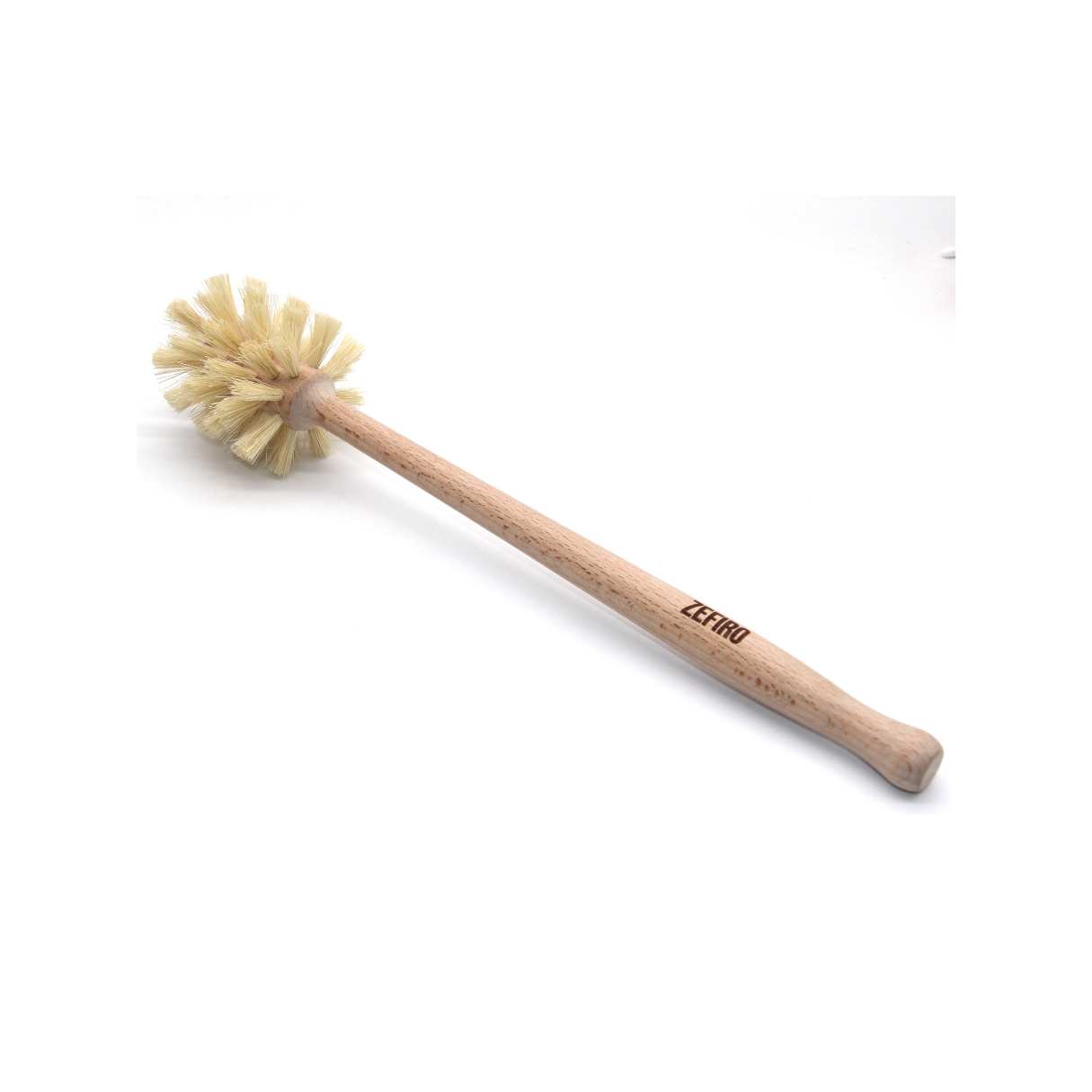
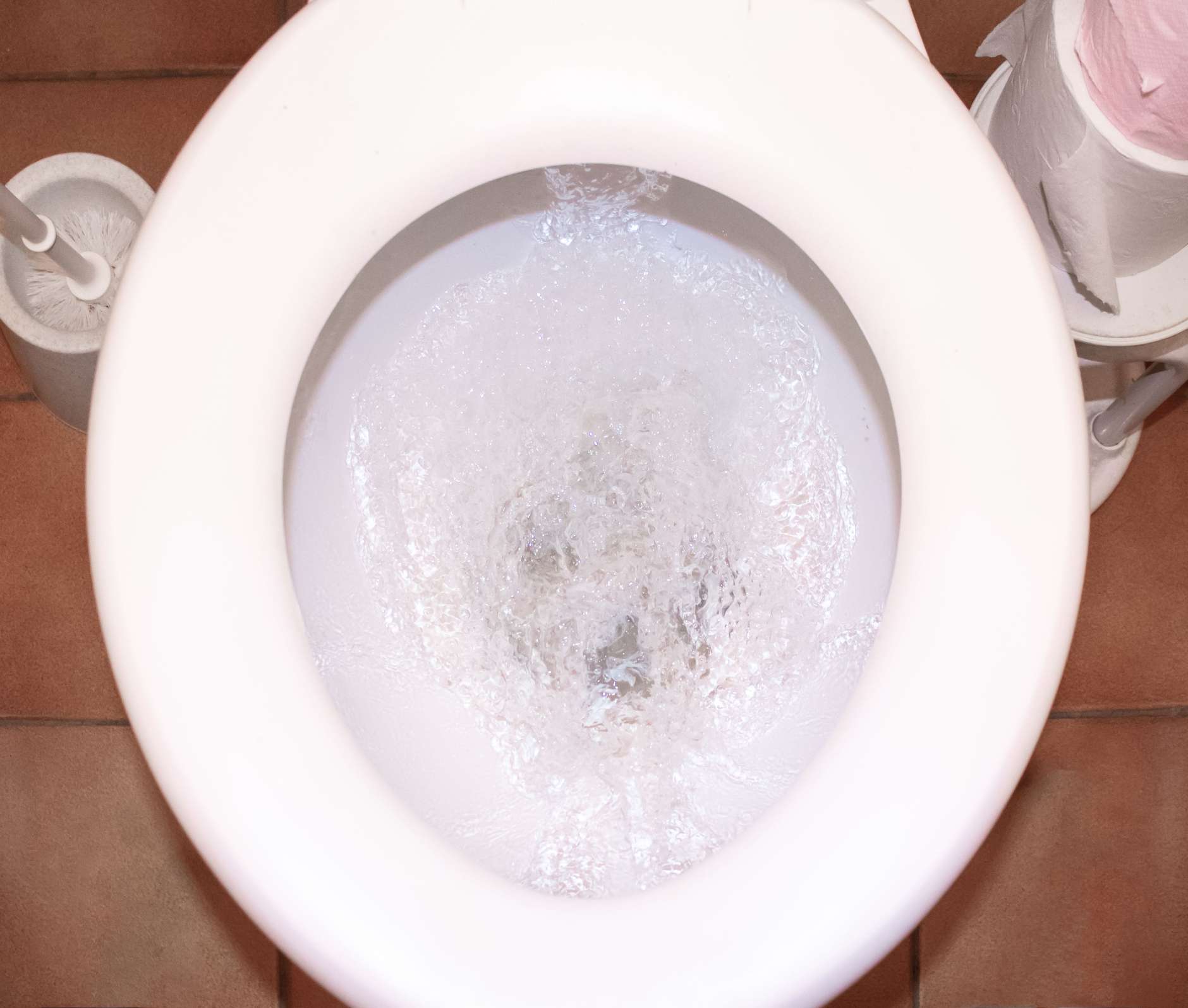
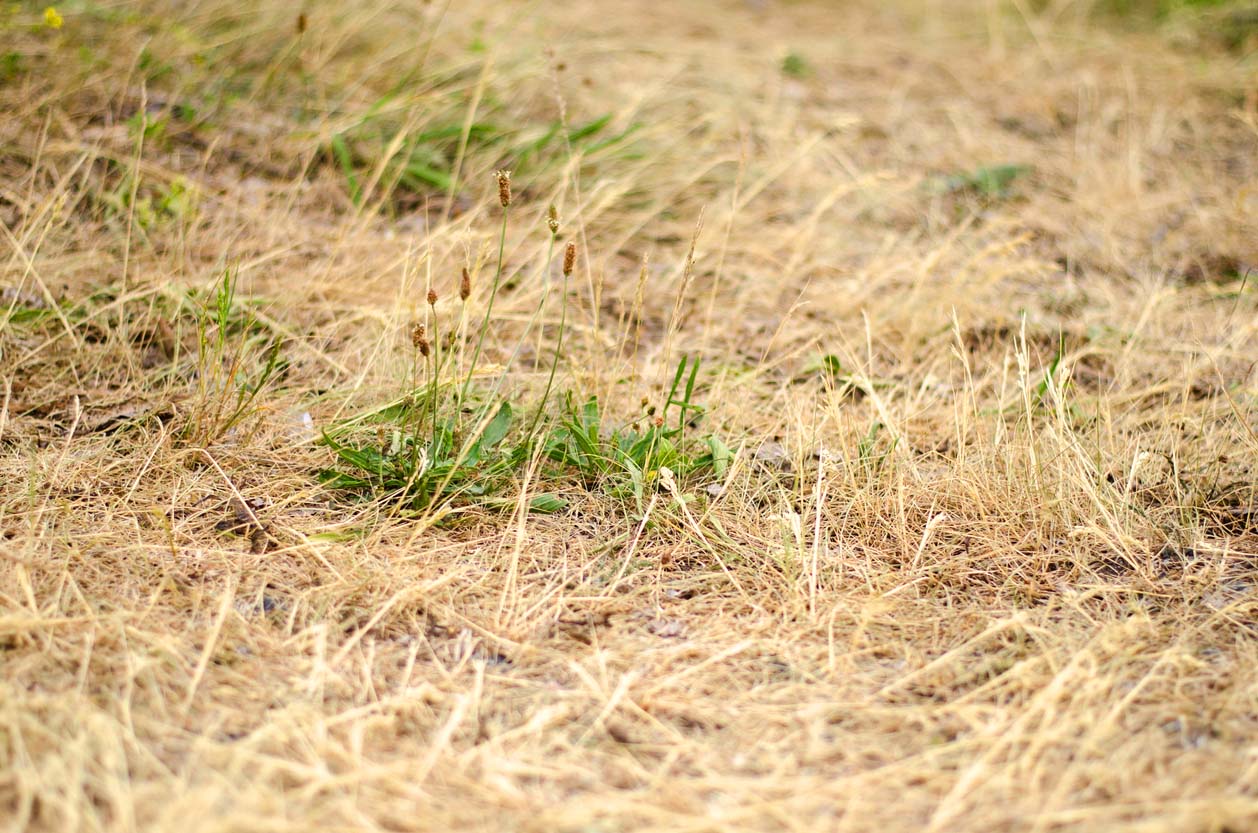
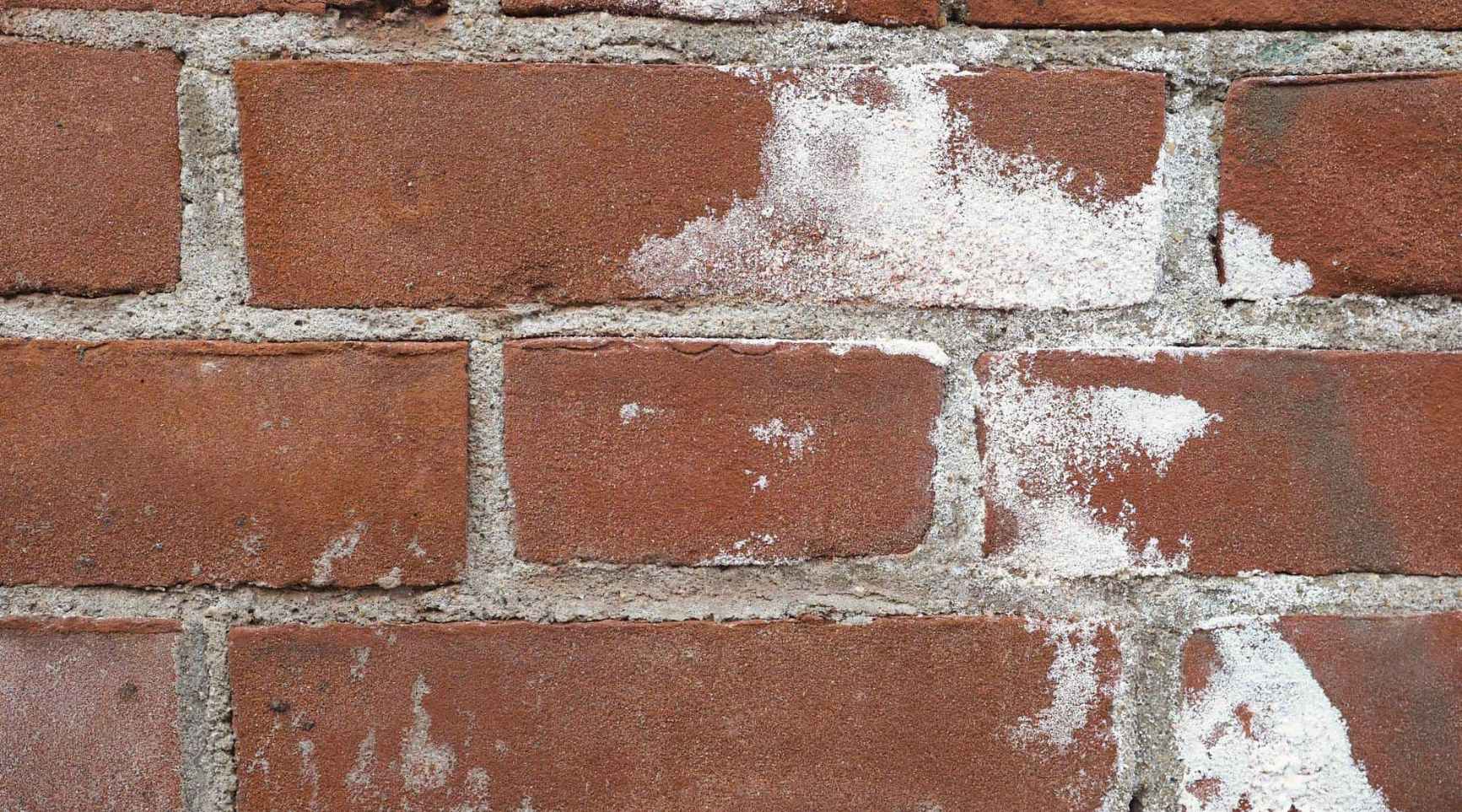
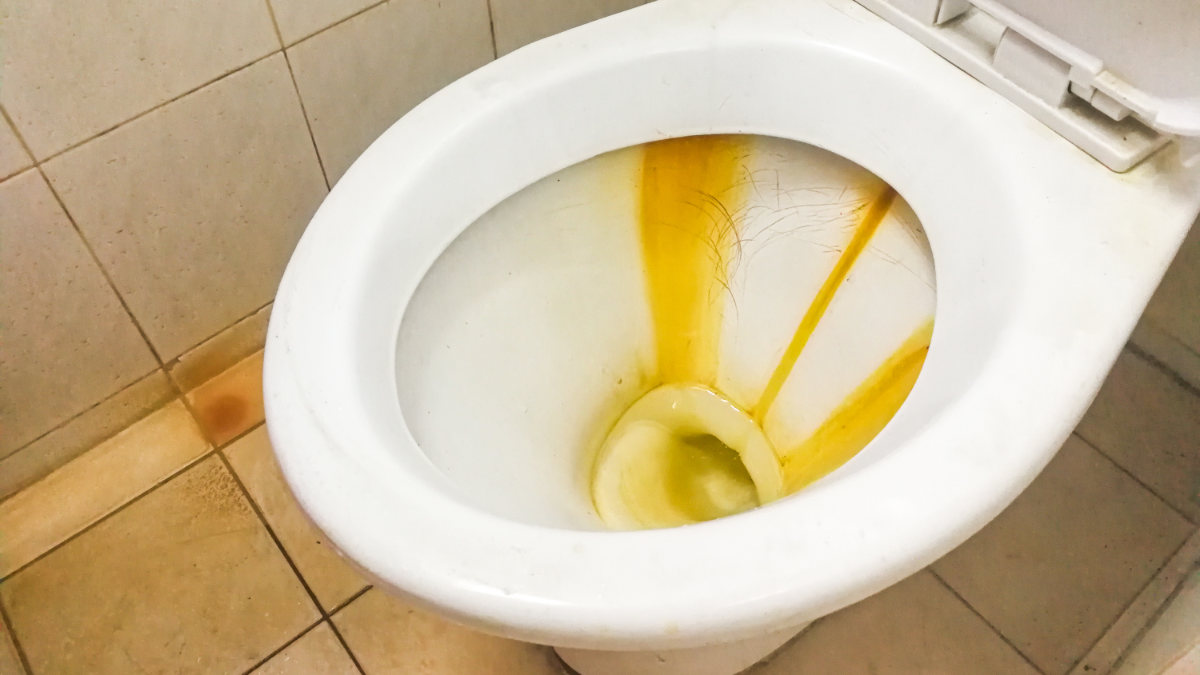
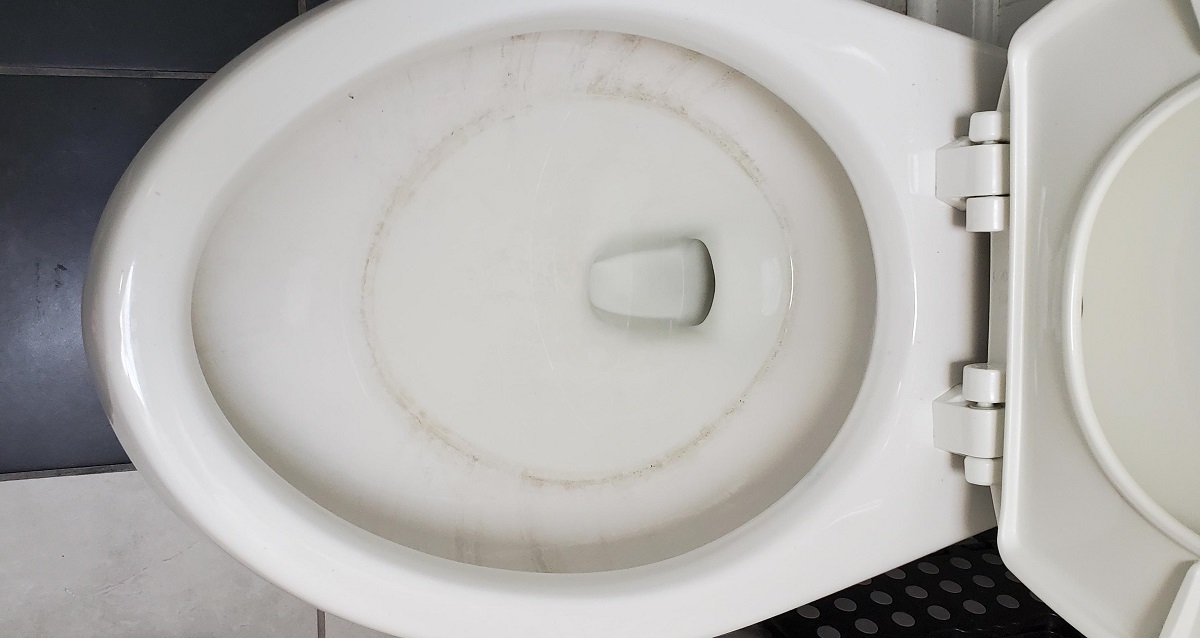
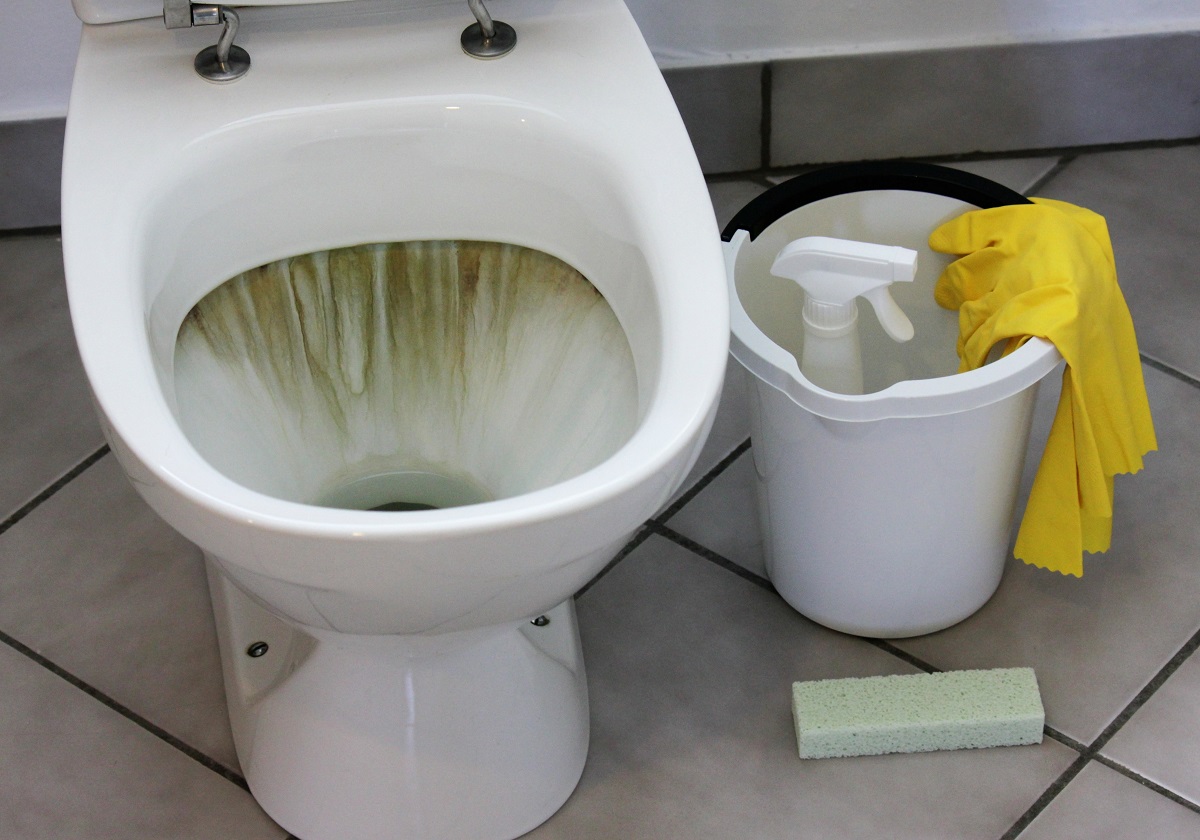
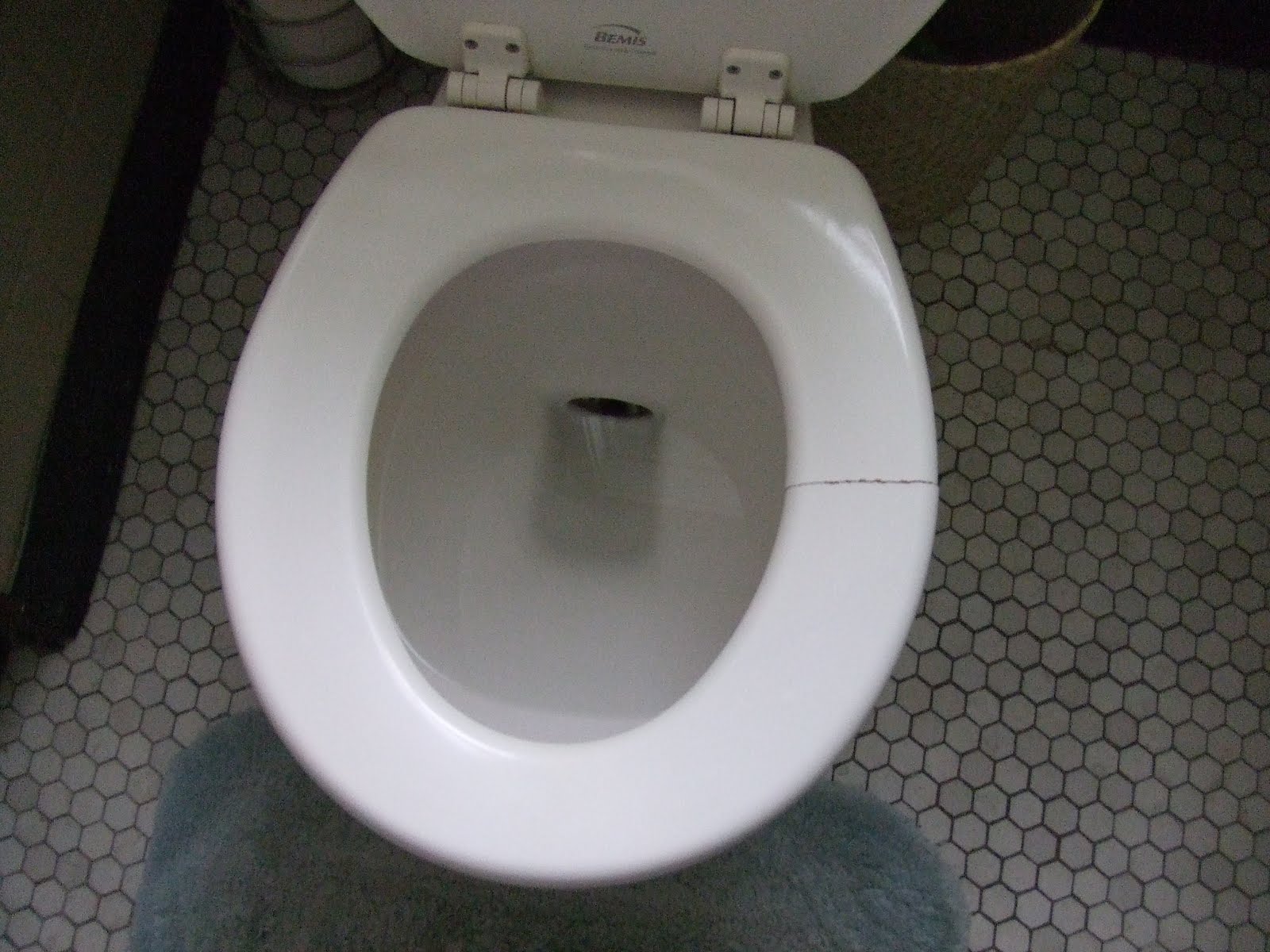
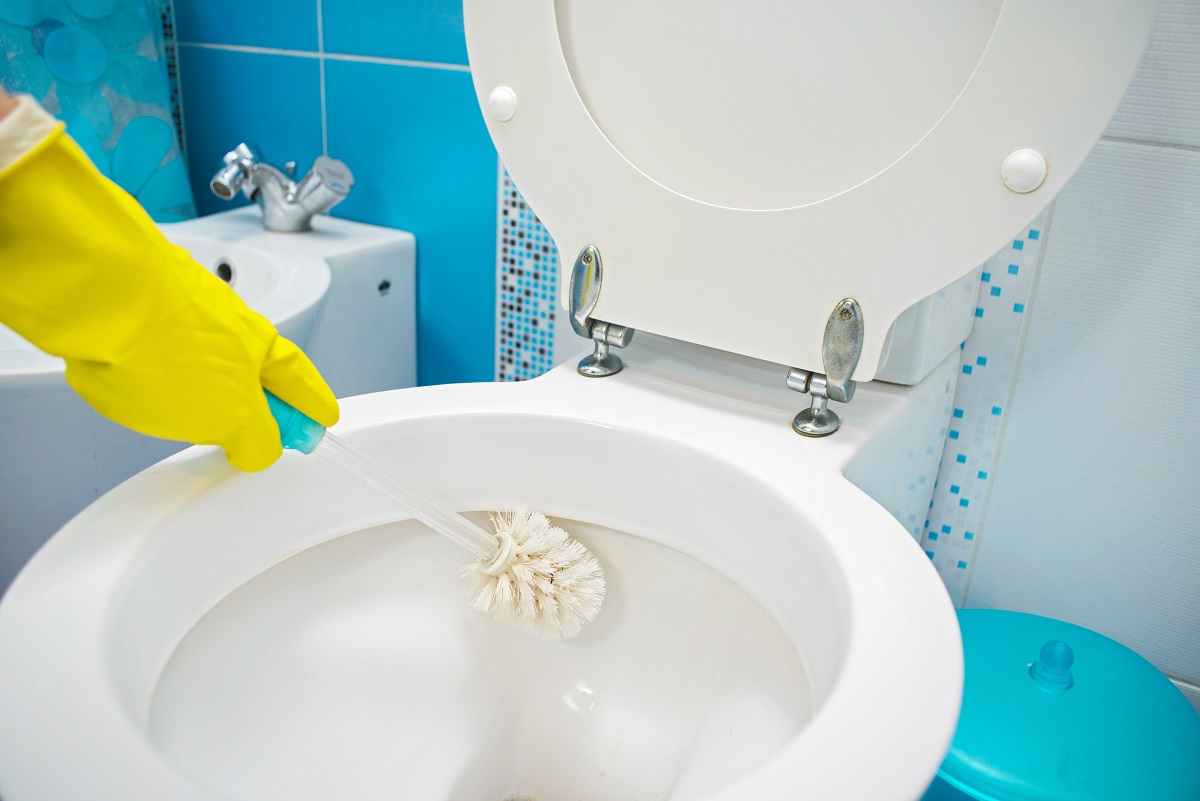
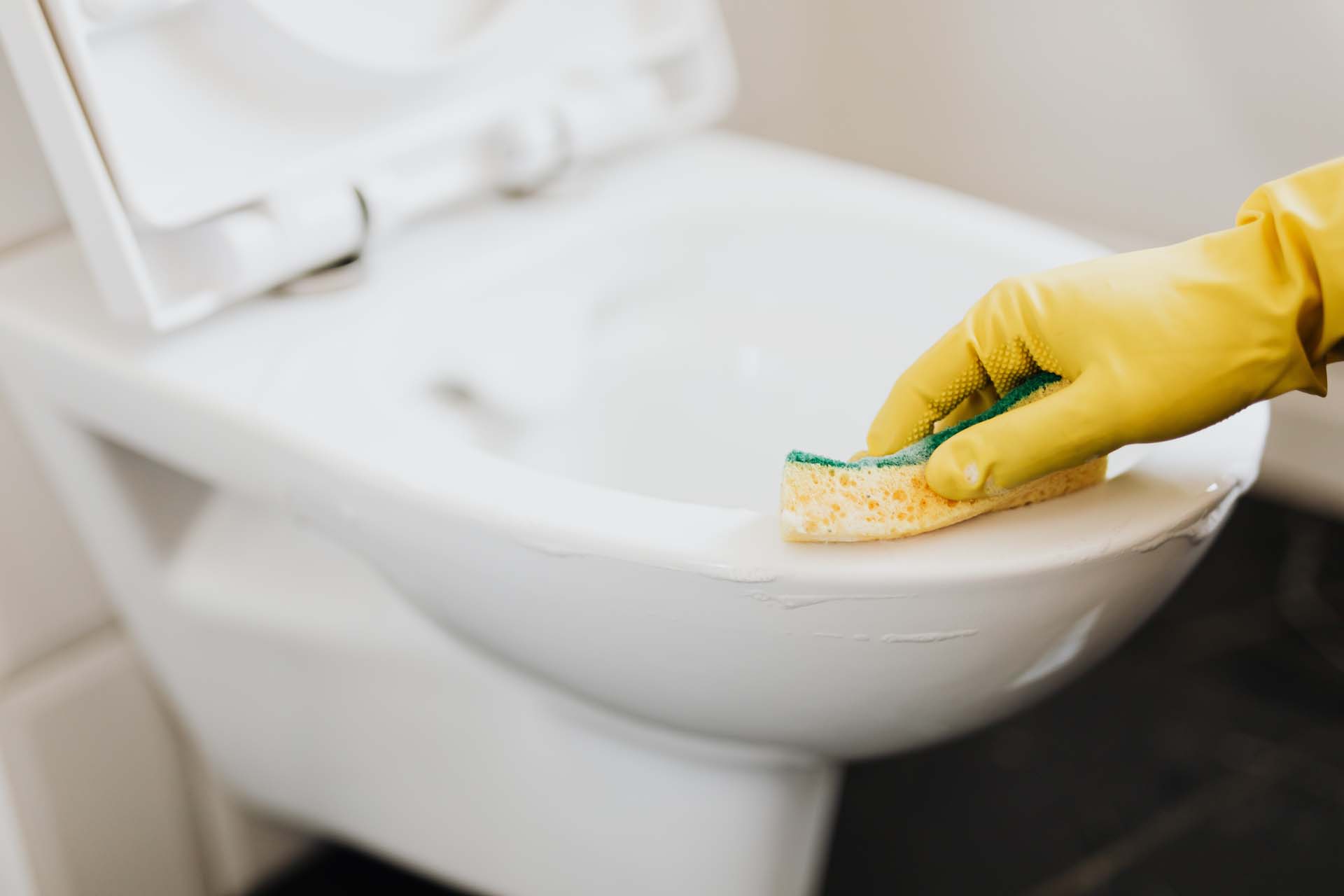
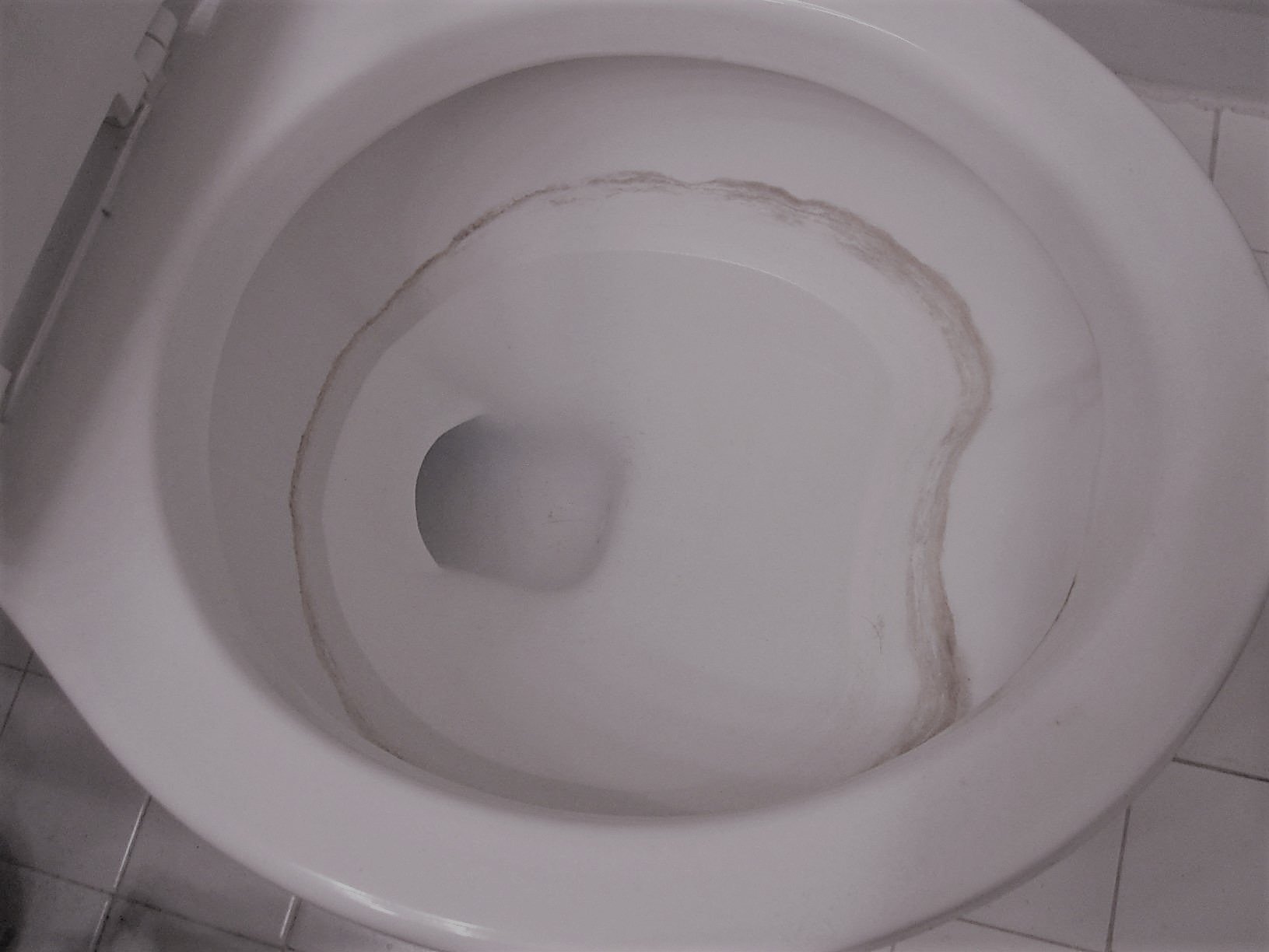
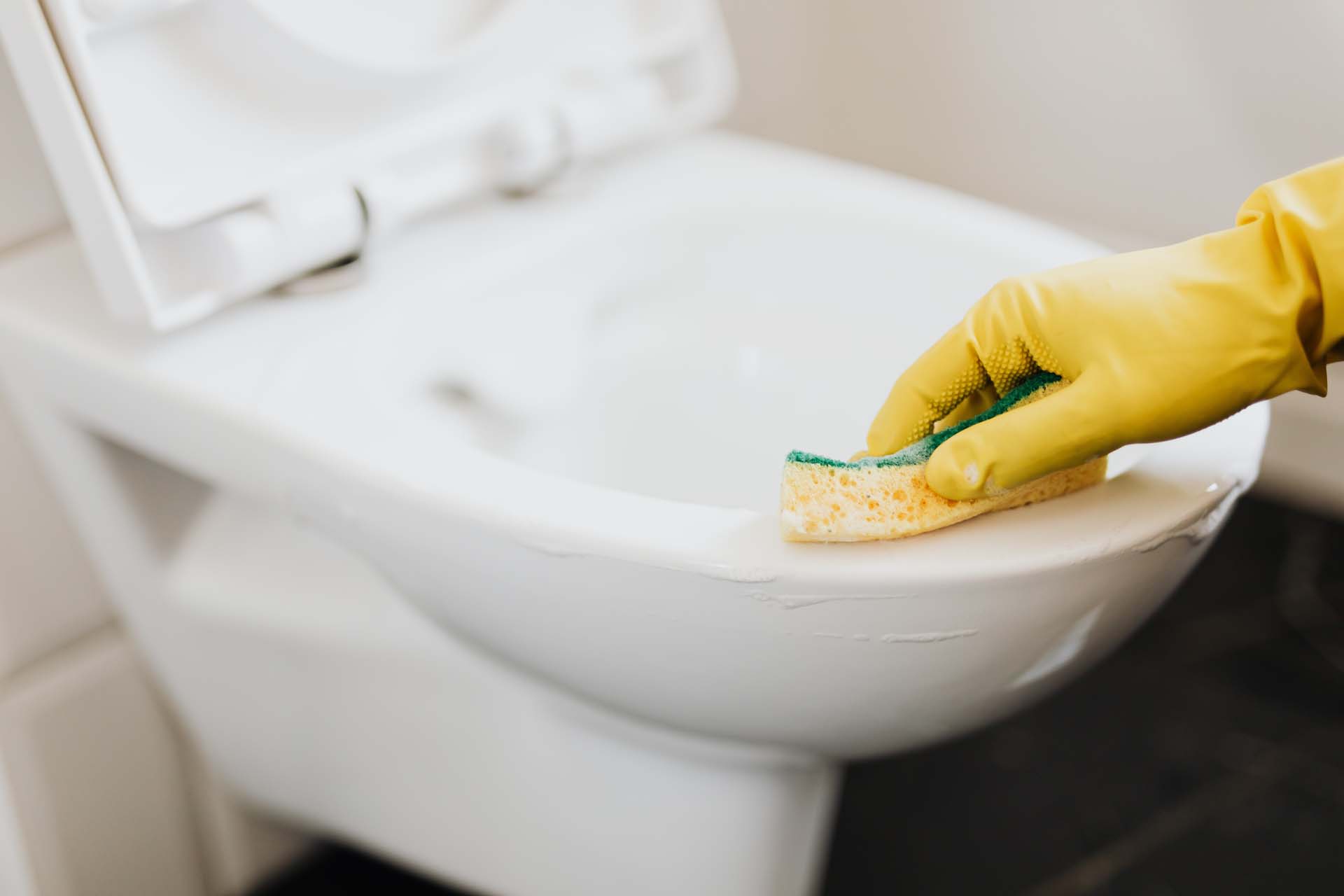
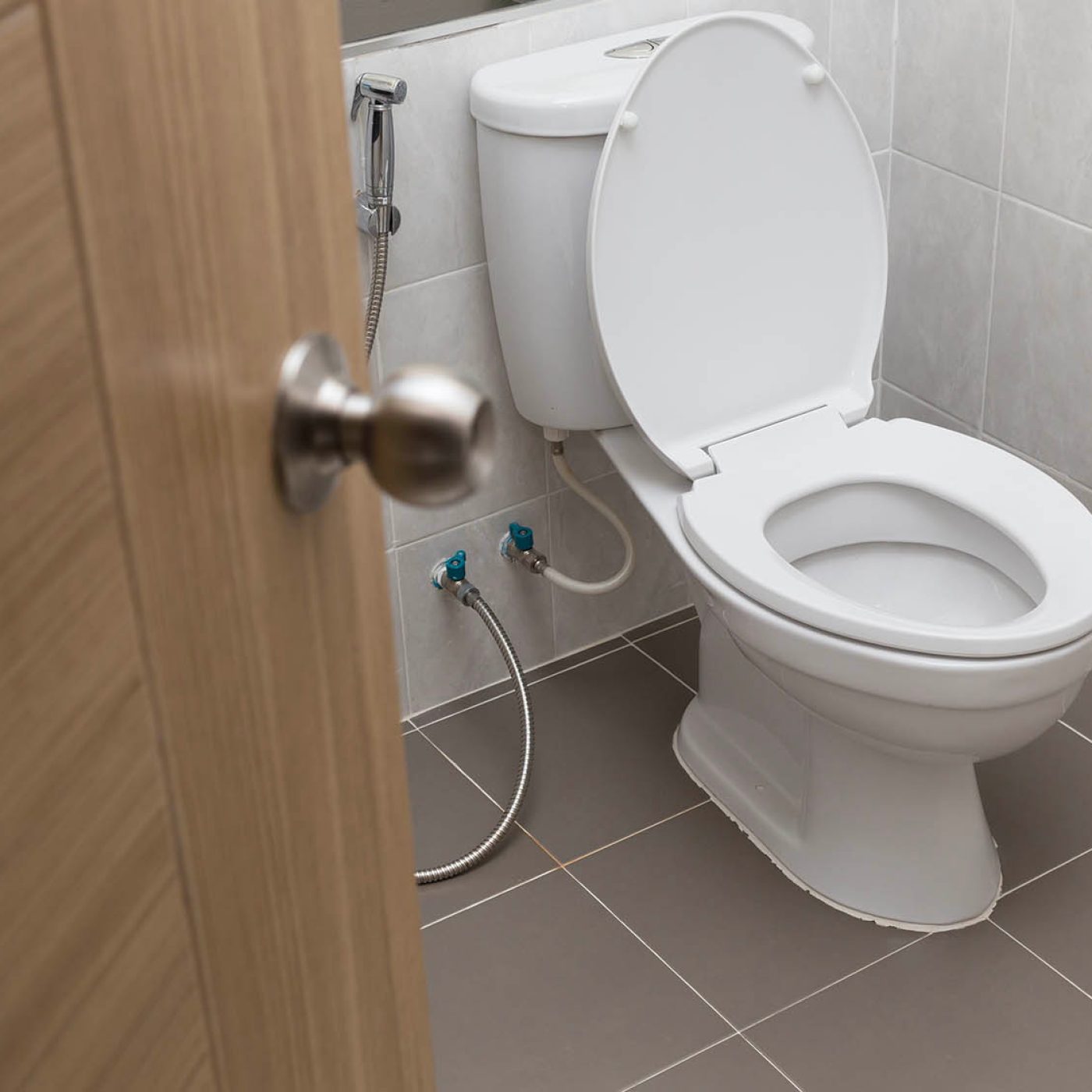
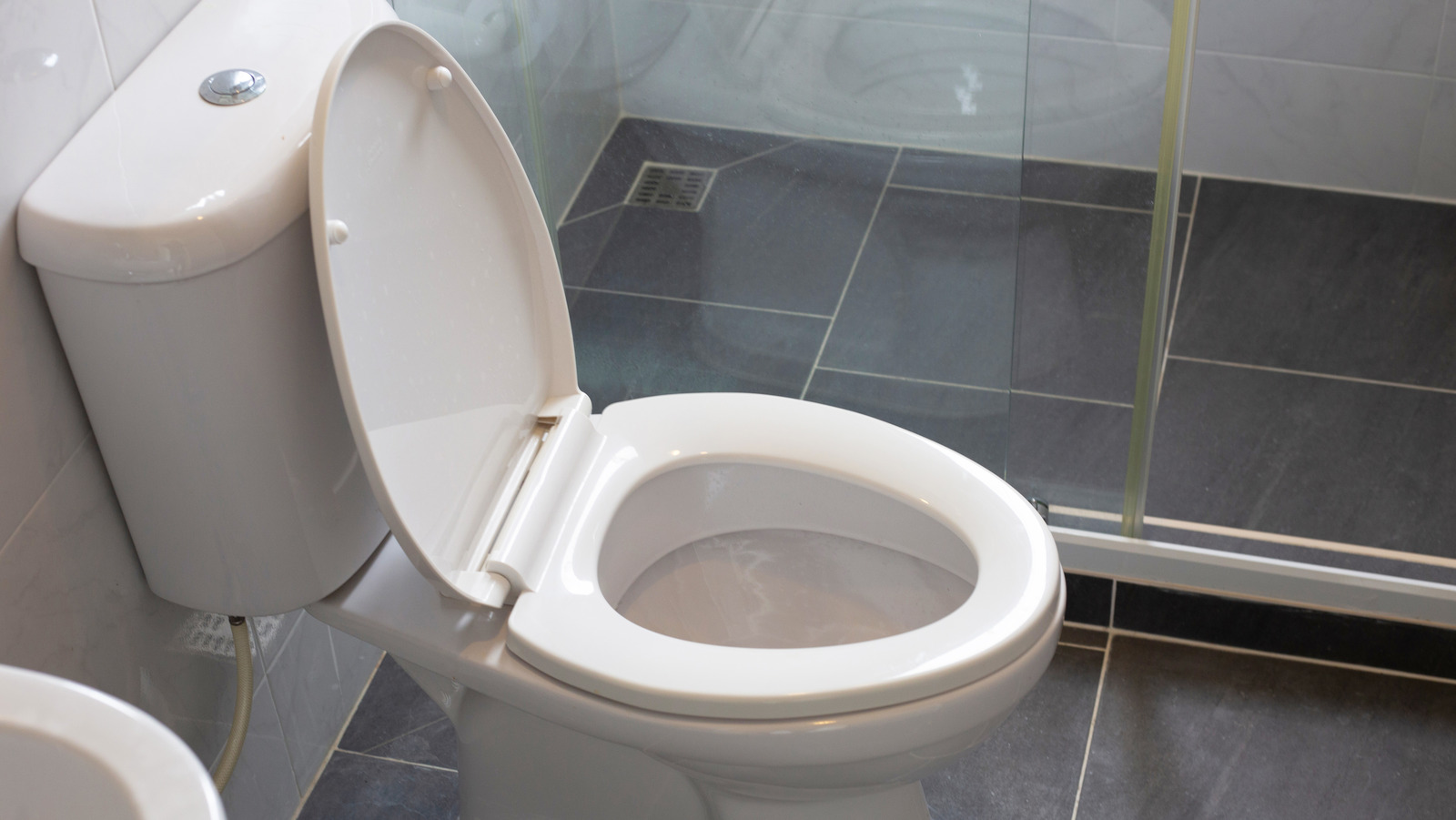

0 thoughts on “What Causes Toilet Brush To Turn Orange?”